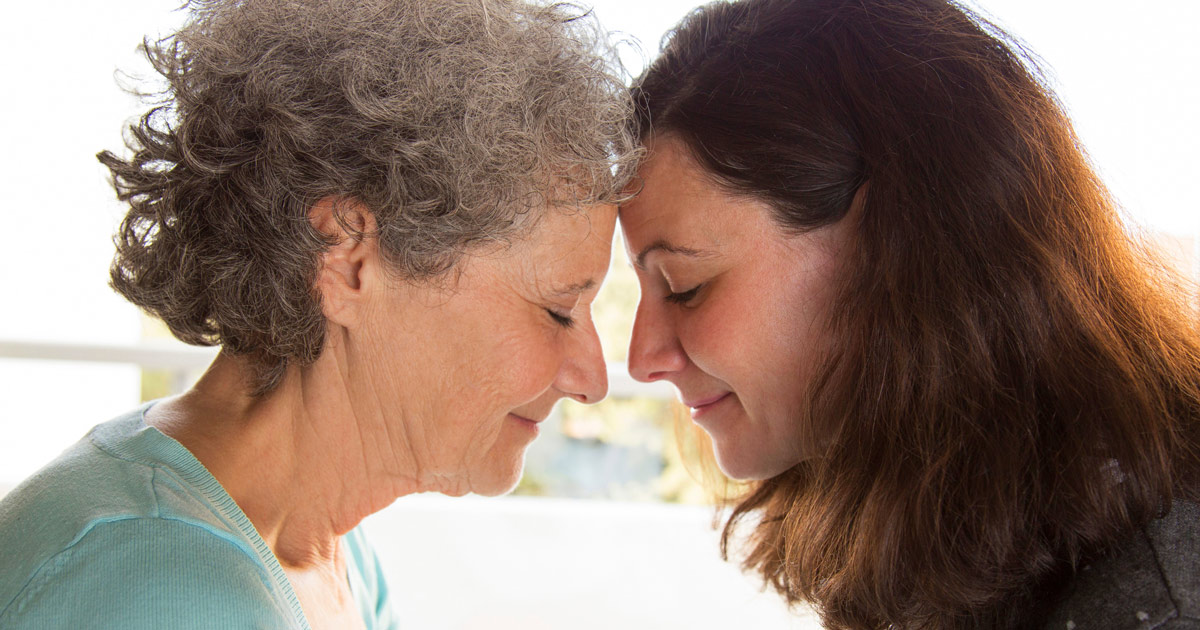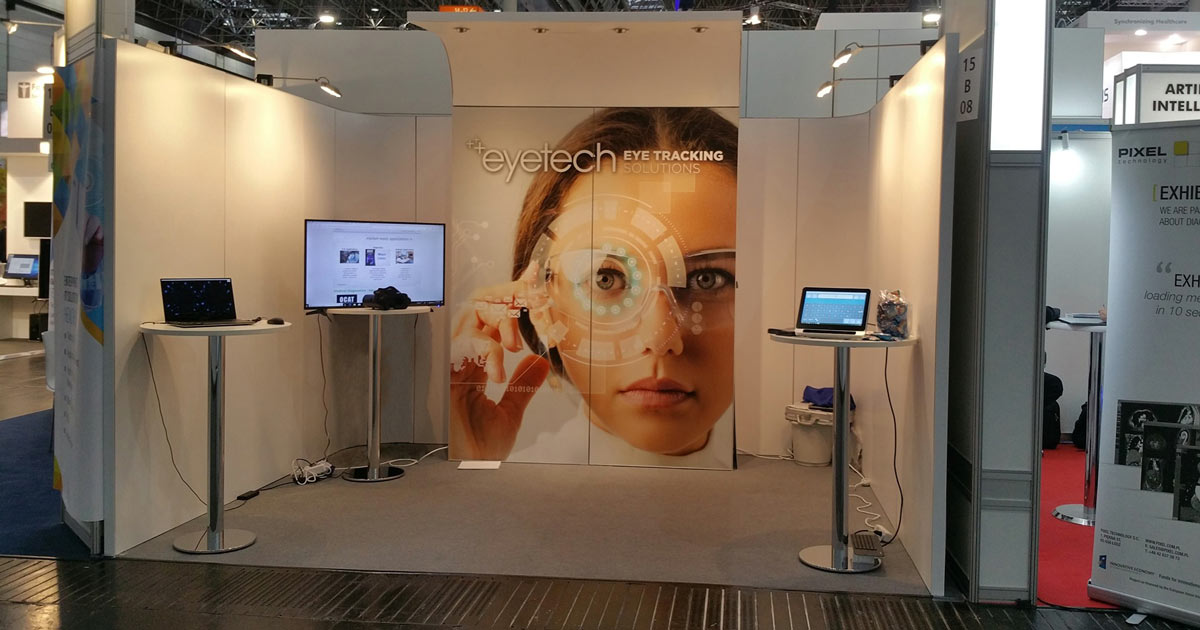Brittany R. Reed, M.Ed., CCC-SLP, Speech Language Pathologist, Assistive Technology and Polytrauma Network Site Programs, Central Virginia VA Health Care System; brittany.reed@va.gov*
All people share a fundamental need to connect. For individuals with neurological impairments such as amyotrophic lateral sclerosis (ALS), a cerebrovascular accident (CVA), multiple sclerosis (MS), or traumatic brain injury (TBI), communicating can be a struggle. The inability to communicate, physically speak, read, or write can strip people of their independence.
Augmentative and alternative communication (AAC) provides great benefits to those who wouldn’t otherwise have a means to engage with the world around them. From unaided systems like hand gestures to high-tech solutions like speech generating devices, AAC helps those with communication impairments overcome language barriers and, with appropriate adaptations, transcend the confines of the physical body.
As part of the Assistive Technology and Polytrauma Network teams, I provide Veterans with alternate forms of communication that often involve the use of picture or text-based AAC devices – both low-tech and high-tech. Due to the physical limitations or impairments of some individuals, using high-tech AAC devices may require alternative access and selection methods like eye tracking, which allows users to interact with their AAC device and integrated systems using eye gaze and selection methods such as blink controls, dwell selection, or switches. As technology continues to advance, enhanced accessibility features and eye-tracking technology may become a standard feature on tablets, computers, and smart devices.
Speech language pathologists (SLPs) have a unique opportunity to help evaluate patients for AAC devices, as well as educate and train caregivers and medical providers so they have a better understanding of AAC devices to allow for improved communication and interaction with AAC users. There are many options for AAC devices and access methods. Understanding the various options when it comes to high-tech AAC devices can be overwhelming, even for the most advanced end user. Evaluation and treatment often involve collaboration with other disciplines such as physical therapy, occupational therapy, or rehab engineers to navigate an individual’s complexities and determine the best solution to meet their communication and physical needs. Here are key considerations for SLPs and interdisciplinary teams to keep in mind when evaluating patients for communication solutions.
Common concerns with AAC devices
Common reports or concerns for AAC users and their caregivers include:
- Ease of customization of the device for both the end user and caregiver
- Ease of use of the device for the AAC end user
- Device placement and setup, and additional equipment needs for access
- Ongoing support after therapy has been completed
- Dependability of the AAC device, especially battery life
As one user recently put it, device downtime feels like it “takes my voice away.” Prompt device support for both the patient and their caregiver is vital.
Functionality to look for in high-tech AAC devices
High-tech AAC devices support communication, but - depending on the device - can also assist with managing daily tasks such as emailing and web browsing. In some cases, AAC devices can also aid users in accessing and controlling their environment. As part of the SLP evaluation, patients and their caregivers should work together to determine the end user’s communication and environmental needs. Solutions should address the patient’s needs in the most simple, straightforward way possible. Given the vulnerability of technology devices, platform security should also be considered.
Basic feature considerations when selecting a high-tech AAC solution may include:
- Picture versus text-based communication, or both, depending on the patient’s individual needs
- A reliable platform with minimal downtime (for example: cloud-based tools equipped for remote updates so end users do not have to send their device in for service)
- Customizable devices to meet the patient’s specific needs, which may range from speech generation to texting, emailing, web browsing, or environmental controls such as turning on the television, lights, or fans
- Ongoing user support, from initial setup through long-term device use, with on-demand tutorials and technical assistance for end users and caregivers
- Versatile access methods, such as scanning, switch access, or eye tracking -- which should offer calibration that is considerate of visual impairments, close and long-distance tracking, bifocal glasses and contact lens wearers, and end users who may struggle to maintain gaze
- Portability and durability, including lightweight and mountable options equipped with backup battery life
In many cases, it is valuable to have enhanced features such as:
- Device personalization options based on the end user’s preferences and needs, including:
- Blink versus long-gaze click options
- Language library setup for commonly used words and phrases
- Voice and language selection options
- Auto-suggest and symbol-based communication shortcuts
- Rate of selection and production of speech generation
- Application programming interface (API) that supports device integration with other systems like power chairs and expanded smart-home controls
- Features that reduce eye fatigue with functions like night vision and light adjustment
- Extra RAM space for users with multiple integrations and greater storage needs
Considering these features – as well as funding and reimbursement factors – during device exploration ensures that users find the best fit for their needs. When an end user has the appropriate device and has received the appropriate training and support, it reduces frustration and device abandonment. It is imperative that the AAC device not only meets the patient’s communication needs, but is also intuitive, accurate, and right for that individual. To date, EyeTech’s EyeOn, Lingraphic devices, tablet-based solutions, and type-to-talk devices have proven to be popular AAC solutions among end users who require high-tech communication options.
Caregiver Support
Some AAC users may require support in customizing their AAC device or with setup. It is important to include caregivers in training and ensure they have the necessary support, particularly with high-tech AAC devices, so they understand how to help their loved one maximize use of their device. An interdisciplinary team approach that potentially includes occupational therapists, physical therapists, and rehab engineers can yield custom solutions that best support patients’ needs. Together we can help promote broader use and acceptance of AAC devices to foster greater independence and inclusivity for those with communication impairments.
* This content is based on the opinions of the author and does not reflect VA policy or the views of the VA Medical Hospital.



